January 31, 1958 Historical Events 1958 – Explorer program Explorer 1 – The first successful launch of an American satellite into orbit 1958 – James Van Allen discovers the Van Allen radiation belt Holy Toledo!Explorer 1 became the first successfully launched satellite by the United States when it was sent to space on January 31, 1958 A quick response to the Soviet Union's launch of Sputnik 1, Explorer 1's success marked the beginning of the US Space Age The satellite, which was designed, built and operated by the NASA Jet Propulsion LaboratoryJan 15, 21 · Explorer 1 was the first satellite launched by the United States when it was sent into space on January 31, 1958 Following the launch of the Soviet Union's Sputnik 1 on October 4, 1957, the US Army Ballistic Missile Agency was directed to launch a satellite using its Jupiter C rocket developed under the direction of Dr Wernher von Braun

Space Beginnings Isaac Newton Isaac Newton Came Up With New Theory Of Gravitation In 1687 Came Up With New Theory Of Gravitation In 1687 First Person Ppt Download
January 31 1958 explorer 1
January 31 1958 explorer 1-Explorer 1 On January 31, 1958, the United States launched its first satellite, known as Explorer 1, into orbit atop a modified JupiterC rocketIn so doing, it demonstrated that it was competitive in space with the Soviet Union, which had launched Sputnik nearly four months earlier Scientist and engineer Wernher von Braun, while working at the US Army Ballistic Missile AgencyExplorer 1 was launched on January 31, 1958 at 2248 Eastern Time (February 1, 0348 UTC) atop the first Juno booster from LC26 at the Cape Canaveral Missile Annex, Florida Pad A was used for the JupiterC and Juno I rockets, and was the launch site for Explorer 1, the United States' first satellite, in 1958




This Day In History January 31 Us Enters Space Age With Its First Successful Launch Of A Satellite Explorer 1 Chicago Tribune
Jan 31, 18 · To celebrate this milestone, let's take a look back at NASA's launch of Explorer 1 and how it paved the way for today's modernday weather satellites Explorer 1 NASA launched America's first Earthorbiting satellite late in the evening on January 31, 1958 (at 1048 pm local time) from Cape Canaveral, FloridaExplorer 1 was the first successful US satellite It was launched Jan 31, 1958 at 1048 pm (EST) from Cape Canaveral, Florida, after two days of launch delays due to high winds The JupiterC launch rocket was built at the Army Ballistic Missile Agency in Huntsville, Alabama, under the direction of Wernher von BraunJPEG At 1048 pm local time on January 31, 1958, the Explorer 1 satellite launched from Cape Canaveral, Florida, after launches scheduled the previous two days had been scrubbed due to highaltitude winds A joint project between the US Army and the California Institute of Technology/Jet Propulsion Laboratory (NASA was not yet established
Jan 23, 18 · The date was Jan 31, 1958 NASA had yet to be formed, and the honor of this first flight belonged to the US Army The rocket's sole payload was a javelinshaped satellite built by the Jet Propulsion Laboratory in Pasadena, California Explorer 1, as it would soon come to be called, was America's first satelliteFollowing the successful launch of Explorer 1 on 31 January 1958, the first US satellite, Juno I made five more launches before being retired in favor of Juno II Although Juno I's launch of the Explorer 1 satellite was a huge success for the US space program, only two of its remaining five flights were successful, Explorer 3 and Explorer 4Explorer 1 was launched on January 31, 1958 at 2248 Eastern Time (equal to February 1, 0348 UTC) atop the first Juno booster from LC26 at the Cape Canaveral Missile Annex, Florida It was the first spacecraft to detect the Van Allen radiation belt, 2 returning data until its batteries were exhausted after nearly four months
Jan 31, 08 · Explorer 1 Explorer 1 became America's first satellite on January 31, 1958 Following the Soviet success with Sputnik and the embarrassing failure in December 1957 of the first American attempt to launch a satellite, the US Army launched a scientific satellite using a rocket that had been developed to test guided missile componentsJan 31, 18 · The United States countered with the launch of Explorer 1 on January 31, 1958 Eric Long/Smithsonian National Air and Space Museum Vanguard attemptJan 31, 1958 Dr William H Pickering, Dr James A Van Allen and Dr Wernher von Braun (left to right) hoist a model of Explorer I and the final stage after the launching Jan 31, 1958 Explorer I, the first US earth satellite was launched by a JupiterC with US earth IGY scientific experiments of Dr James A Van Allen, which




A Movie Nasa 60th How It All Began Which Summarizes The Steps Up To The Birth Of Nasa In Commemoration Of The 60th Anniversary Of Nasa S Establishment Is Now Open Gigazine



10 Things To Know About Explorer 1 America S First Satellite Nasa Solar System Exploration
Jan 31, · But on January 31, 1958, the US caught up Explorer 1 blasted off from Cape Canaveral at 1048 PM local time, carrying instruments to measure temperature, radiation, and dust in the space aroundExplorer 1 became the first successfully launched satellite by the United States when it was sent to space on January 31, 1958 A quick response to the Soviet Union's launch of Sputnik 1, Explorer 1's success marked the beginning of the US Space Age Now you can watch the entire mission in realtime using Eyes on the Solar System, from 1958Aug 03, 17 · Explorer 1 was the first US satellite and the first satellite to carry science instruments The satellite was launched on Jan 31, 1958, from Cape Canaveral, Fla Explorer 1 followed a looping flight path that orbited Earth once every 114 minutes The satellite went as high as 2,565 kilometers (1,594 miles) and as low as 362 kilometers (225
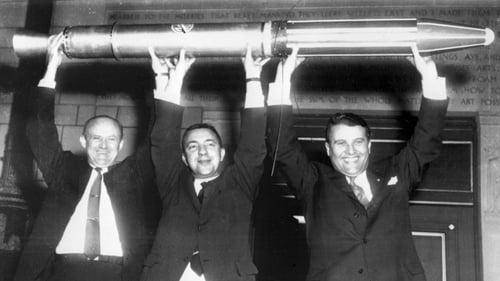



60th Anniversary Of First Us Satellite Into Space



Explorer 1 Milestones Of Flight
Dec 31, 14 · At 1048 pm local time on January 31, 1958, the Explorer 1 satellite launched from Cape Canaveral, Florida, after launches scheduled the previous two days had been scrubbed due to highaltitude winds A joint project between the US Army and the California Institute of Technology/Jet Propulsion Laboratory (NASA was not yet established), theJanuary 31, 1958 Explorer 1 is launched becoming the first american satellite March 5, 1958 Explorer 2 is launched but doesn't reach orbit March 17, 1958 Vanguard 1 satellite is launched May 15, 1958 Sputnik 3 is launched October 11, 1958 Pioneer 1 (American Satellite) is launchedSep 30, · Explorer 1 sent data back to Earth for four months, ceasing communications on May 23, 1958 The satellite remained aloft for more than a decade before reentering Earth's atmosphere on March 31, 1970




Explorer 1 Atop A Jupiter C In Gantry Jupiter C Carrying The First American Satellite Explorer 1 Was Successfully Laun Space Nasa Space Science Space Images




Story Of Explorer 1 Nasa
Jun 29, 04 · On Jan 31, 1958, Explorer 1 launched successfully from Cape Canaveral, Fla, on a fourstage Jupiter C rocket Four years earlier, Wernher von Braun and his Huntsville, Alabased Army team beganExplorer 1 transmitted data until May 23, 1958, when its batteries died The Science After two days of delays, Explorer 1 was launched atop a JupiterC rocket from Cape Canaveral, Florida on Jan 31, 1958 It took a little over 90 minutes before the satellite's signal was tracked and mission leaders could confirm its successJan 31, 16 · January 31st, 16 Explorer 1 was the first satellite launched by the United States on Jan 31, 1958 Photo Credit NASA CAPE CANAVERAL,



Explorer Nasa Alumni League Florida Chapter
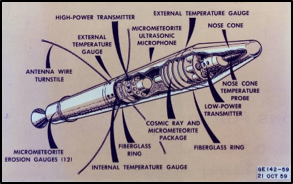



Explorer 1 Overview
Jan 31, 08 · Shortly before midnight on January 31, 1958, the US Army's twentyninth JupiterC put Explorer 1 into an orbit with an apogee of 1,575 miles and a perigee of 224 miles As America's first satellite orbited the Earth once every 115 minutes, scientists at mission control noticed that Van Allen's Geiger counters would stop working periodicallyFeb 01, 18 · On Jan 31, 1958, the United States launched its first successful satellite Explorer 1It was the American answer to the Soviet Union's Sputnik 1,The resulting Explorer1 satellite was successfully launched and placed into Earth orbit on January 31, 1958 Explorer1, also known unofficially as Satellite 1958 alpha, transmitted data on micrometeorites and cosmic radiation for 105 days Data from this and two subsequent Explorer satellites led to the discovery by James Van Allen of a belt




Jan 31 1958 Explorer I Makes It Official There S A Space Race Wired




History Of Space Exploration In The United States
Jan 28, 19 · Explorer 1 (officially Satellite 1958 Alpha) is the first artificial satellite placed in orbit by the United States of AmericaIt was launched on January 31, 1958 by a Juno I rocket from the Cape Canaveral Launch Pad in Florida The launch of the satellite was initially scheduled as part of the International Geophysical YearThis objective transformed into a national issue when theExplorer 1 was launched on January 31, 1958 at 2248 Eastern Time (February 1, 0348 UTC) atop the first Juno booster from LC26 at the Cape Canaveral Missile Annex, Florida It was the first spacecraft to detect the Van Allen radiation belt, returning data until its batteries were exhausted after nearly four monthsDec 05, 17 · January 1958 Explorer 1 – America's first satellite Whilst the Soviet Union was the first into orbit with Sputnik 1 and then Sputnik 2, the US was never far behind, and the successful launch of its Explorer 1 satellite just two months after Sputnik 2, perhaps marked the moment when the space race began in earnest




Story Of Explorer 1 Nasa




Explorer 1 Nasa
Explorer, any of the largest series of unmanned US spacecraft, consisting of 55 scientific satellites launched between 1958 and 1975 Explorer 1 (launched Jan 31, 1958), the first space satellite orbited by the United States, discovered the innermost of the Van Allen radiation belts, two zones of charged particles that surround EarthExplorer 1's discovery of the Van Allen belts was theThe Soviet Union's Sputnik 1 and Sputnik 2, beginning the Cold War Space Race between the two nations Explorer 1 was launched on 1 February 1958 at GMT (or 31 January 1958Jan 31, 18 · Explorer 1 was launched on January 31, 1958 at 2248 Eastern Time (February 1, 0348 UTC) atop the first Juno booster from LC26 at the Cape Canaveral Missile Annex, Florida It was the first spacecraft to detect the Van Allen radiation belt, returning data until its batteries were exhausted after nearly four months
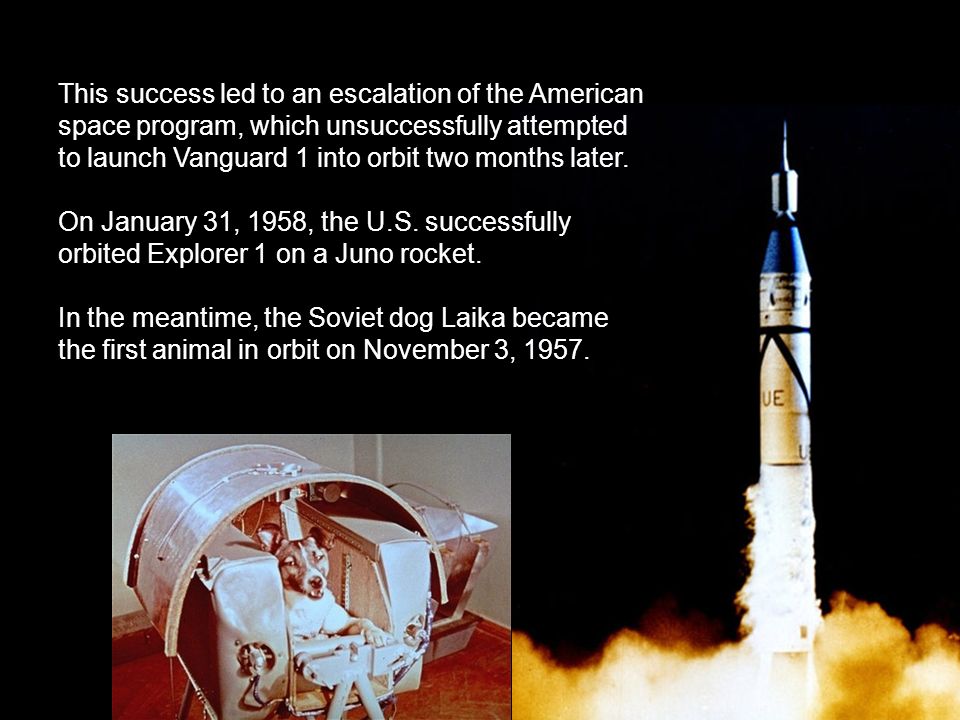



Space Exploration Ppt Video Online Download




Scale Model News Explorer 1 The First Successful United States Satellite Launched Into Space 60 Years Ago
Jan 31, 08 · Explorer 1 launched from Cape Canaveral, Florida on Jan 31, 1958 Image Courtesy of NASA 1958 The United States enters the space age with the successful launch of the Explorer I satelliteWHEREAS, Fifty years ago, on January 31, 1958, the Explorer 1 satellite launched from Cape Canaveral, Florida, aboard a JupiterC rocket Although tiny by today's spacecraft standards, weighing merely 31 pounds, Explorer 1 sprang skyward, carrying with it the enormous hopes and dreams of a Cold War America, a country still reeling from the failure of its first Vanguard projectFeb 05, 21 · On January 31, 1958, Explorer 1 was launched by the Army Ballistic Missile Agency The Jet Propulsion Laboratory developed the mission payload in a remarkably fast 3 months According to NASA, The scientific instrument carried on Explorer 1 was a cosmic ray detector designed to measure the radiation environment in Earth orbit




Space Beginnings Isaac Newton Isaac Newton Came Up With New Theory Of Gravitation In 1687 Came Up With New Theory Of Gravitation In 1687 First Person Ppt Download




Explorer 1 Overview Nasa
Jan 31, 21 · On Jan 31, 1958, the United States entered the Space Age with its first successful launch of a satellite, Explorer 1, from Cape CanaveralExplorer 1 was the first satellite launched by the United States and was part of the US participation in the International Geophysical Year (IGY) The mission followed the first two satellites the previous year;Jan 31, 13 · Explorer 1 was launched on January 31, 1958 at 2248 Eastern Time (equal to February 1, 0348 UTC) atop the first Juno booster from LC26 at the Cape Canaveral Missile Annex, Florida It was the first spacecraft to detect the Van Allen radiation belt, returning data until its batteries were exhausted after nearly four months




File Explorer 1 Launch Jpg Wikipedia
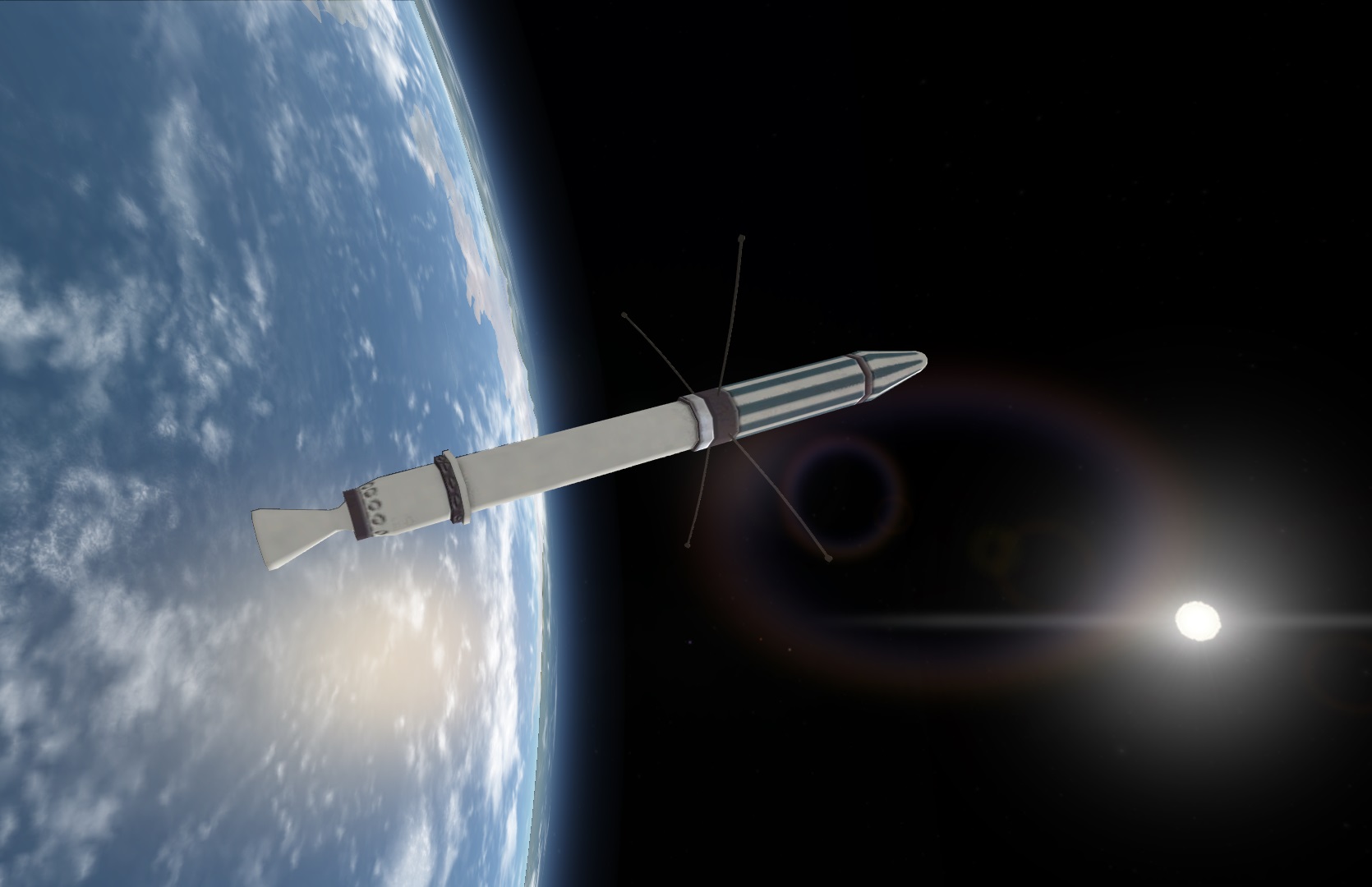



Explorer 1 The Beginning Of American Space Science The Vatican Observatory
Jan 31, 18 · The JupiterC missile carrying Explorer 1, the United States' first space satellite, launches from Cape Canaveral, Fla, on Jan 31, 1958Jan 30, 21 · Today in History, January 31, 1958 US entered Space Age with launch of Explorer I into orbit Associated Press, Cincinnati Enquirer 1/30/21 Global Minimum Tax Breakthrough Unlikely at G7 MeetJan 31, 21 · On this day, Jan 31 1958 The US enters the Space Age with its first successful launch of a satellite, Explorer 1, from Cape Canaveral,
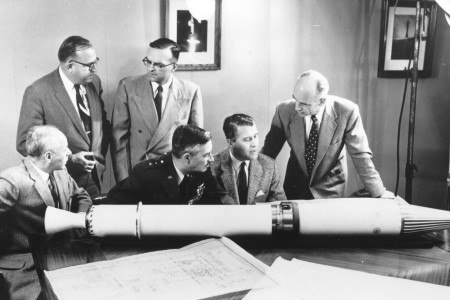



Celebrating The Army S Explorer 1 Legacy Article The United States Army
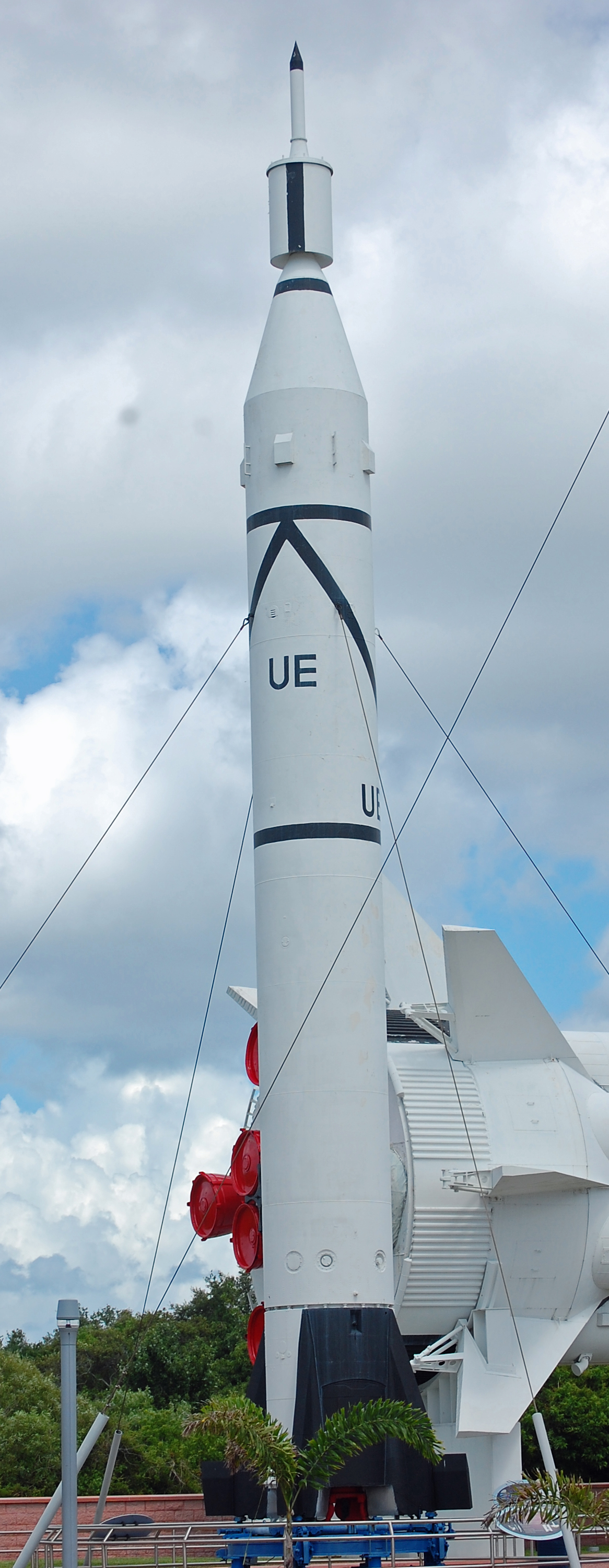



Juno I Wikiwand
Jan 10, 08 · A Moment in Time Explorer 1 The year 08 will be a year of 50th anniversaries for space exploration Following in the wake of Sputnik I and Sputnik II, on January 31, 1958 the United States launched Explorer 1 on the Army's JupiterC (Juno) rocket The Navy's Vanguard followed on March 17 On July 29 President Eisenhower signed legislationJan 23, 18 · The date was Jan 31, 1958 NASA had yet to be formed, and the honor of this first flight belonged to the US Army The rocket's sole payload was a javelinshaped satellite built by the Jet Propulsion Laboratory in Pasadena, California Explorer 1, as it would soon come to be called, was America's first satelliteJan 31, 21 · 31 January 1958, 1048 pm, Eastern Standard Time (1 February 1958, UTC) The United States of America launched its first successful satellite, Explorer 1, from Launch Complex 26A at the Cape Canaveral Air Force Station, Cape Canaveral, Florida The satellite entered an orbit with a perigee of 224 miles (360 kilometers) and apogee of




Explorer 1 Satellite




Today In Science Explorer 1 Human World Earthsky
Jan 31, · January 31, 1958 The first US satellite, Explorer 1, was launched into space on this date, about four months after Sputnik 1 became



Blast From The Past How Explorer 1 America S First Satellite Launched The Space Race And Nasa Los Angeles Times
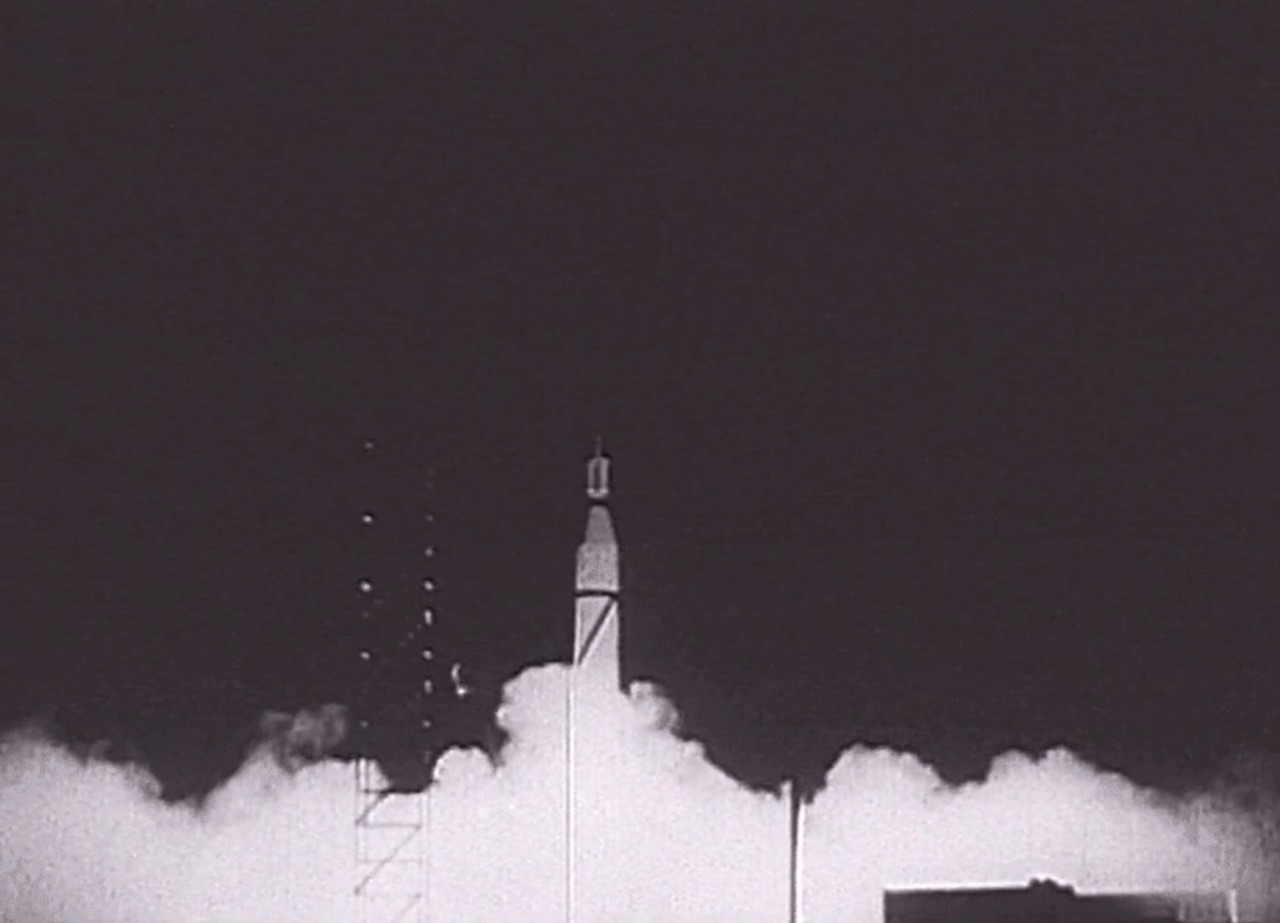



Nasa 10 Things To Know About Explorer 1 America S




Explorer 1 Overview Nasa




Jan 31 1958 Explorer 1 The First U S Earth Orbiting Satellite Is Launched From Cape Canaveral Florida Explorer 1 Van Allen Radiation Belt American Space




By Shanise Levi Mrs Huntze 6 Th Pd Date Jan 31 1958 The Explorer Was The 1 St Successful United States Satellite Following Soviet Success Ppt Download




Explorer1 Twitter Search




Explorer 1 In Orbit Stock Image S060 0022 Science Photo Library




Earth Shaker Astrootd On This Day In 1958 Dr Facebook




Scale Model News Explorer 1 The First Successful United States Satellite Launched Into Space 60 Years Ago



Homepage Dd1us Sounds From Scientific Meteorological And Commercial Satellites



They Ran The First Lap Of A Long Space Race Los Angeles Times




January 1958 Explorer 1 The United States First Satellite The Engineer




Otd Launched On January 31 1958 Space Center Houston Facebook




Explorer 1 Axisvega



Explorer 1 The Beginning Of American Space Science Spaceref
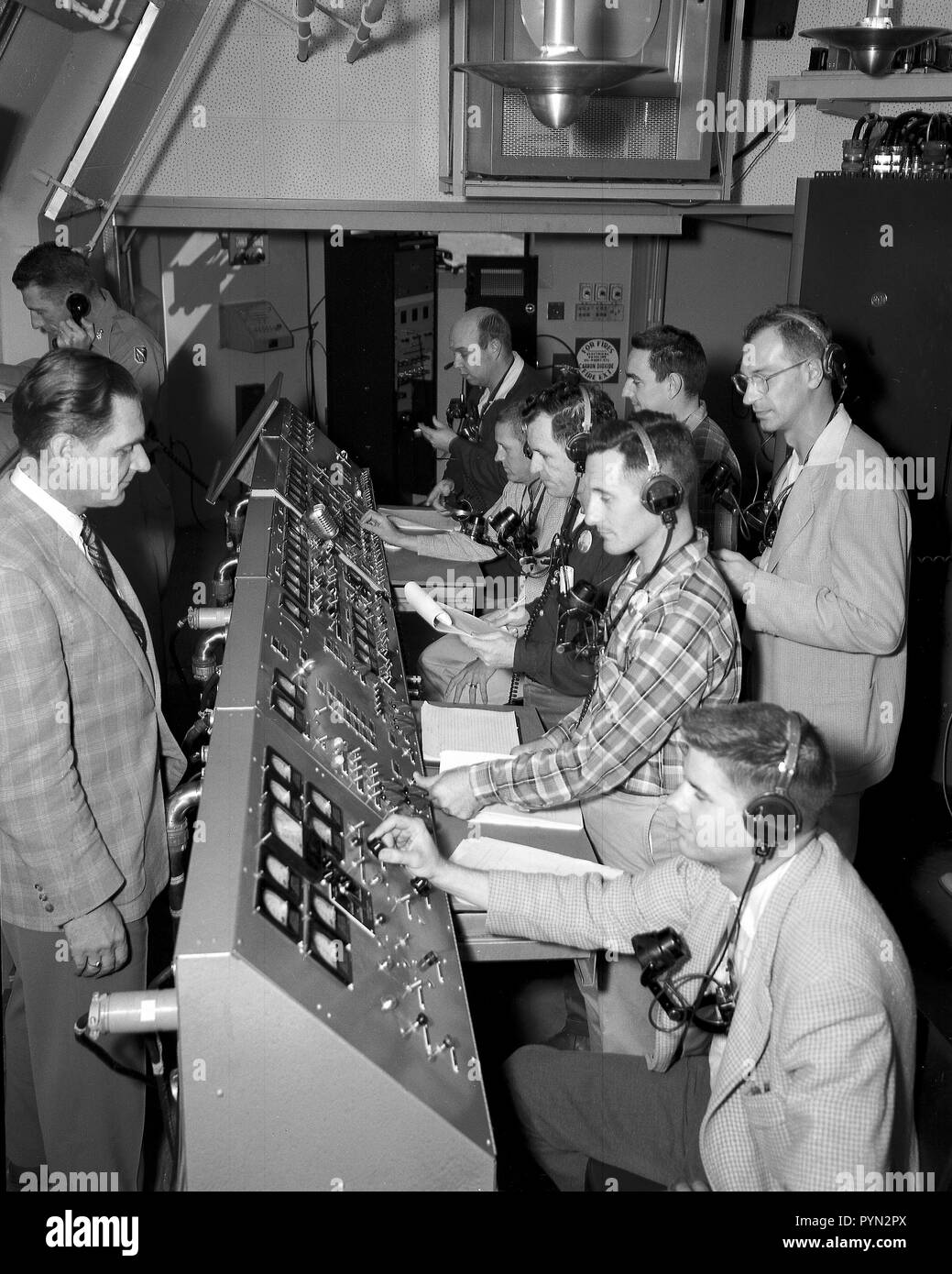



Explorer 1 Satellite High Resolution Stock Photography And Images Alamy



America Marks 45th Anniversary Of First Space Satellite Spaceref Your Space Reference




Today In History January 31 1958 U S Entered Space Age With Launch Of Explorer I In Orbit




Explorer 1 Earth Missions Nasa Jet Propulsion Laboratory




Which Satellite Was First Time Launched By America Brainly In



The Space Race Storyboard By Bjdadon




By Shanise Levi Mrs Huntze 6 Th Pd Date Jan 31 1958 The Explorer Was The 1 St Successful United States Satellite Following Soviet Success Ppt Download
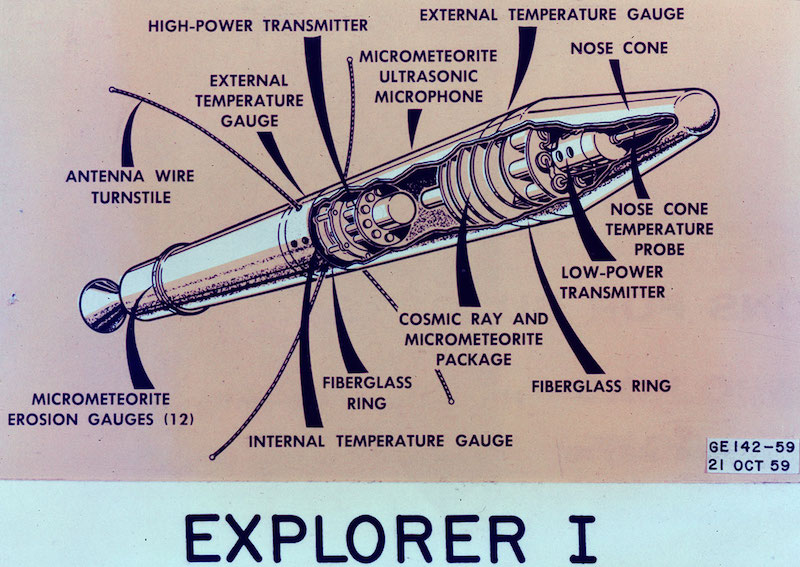



Today In Science Explorer 1 Human World Earthsky




Explorer 1 Launched On January 31 Nasa Globe Observer Facebook




This Day In History January 31 Us Enters Space Age With Its First Successful Launch Of A Satellite Explorer 1 Chicago Tribune




A Look Back At America S First Satellite Explorer 1
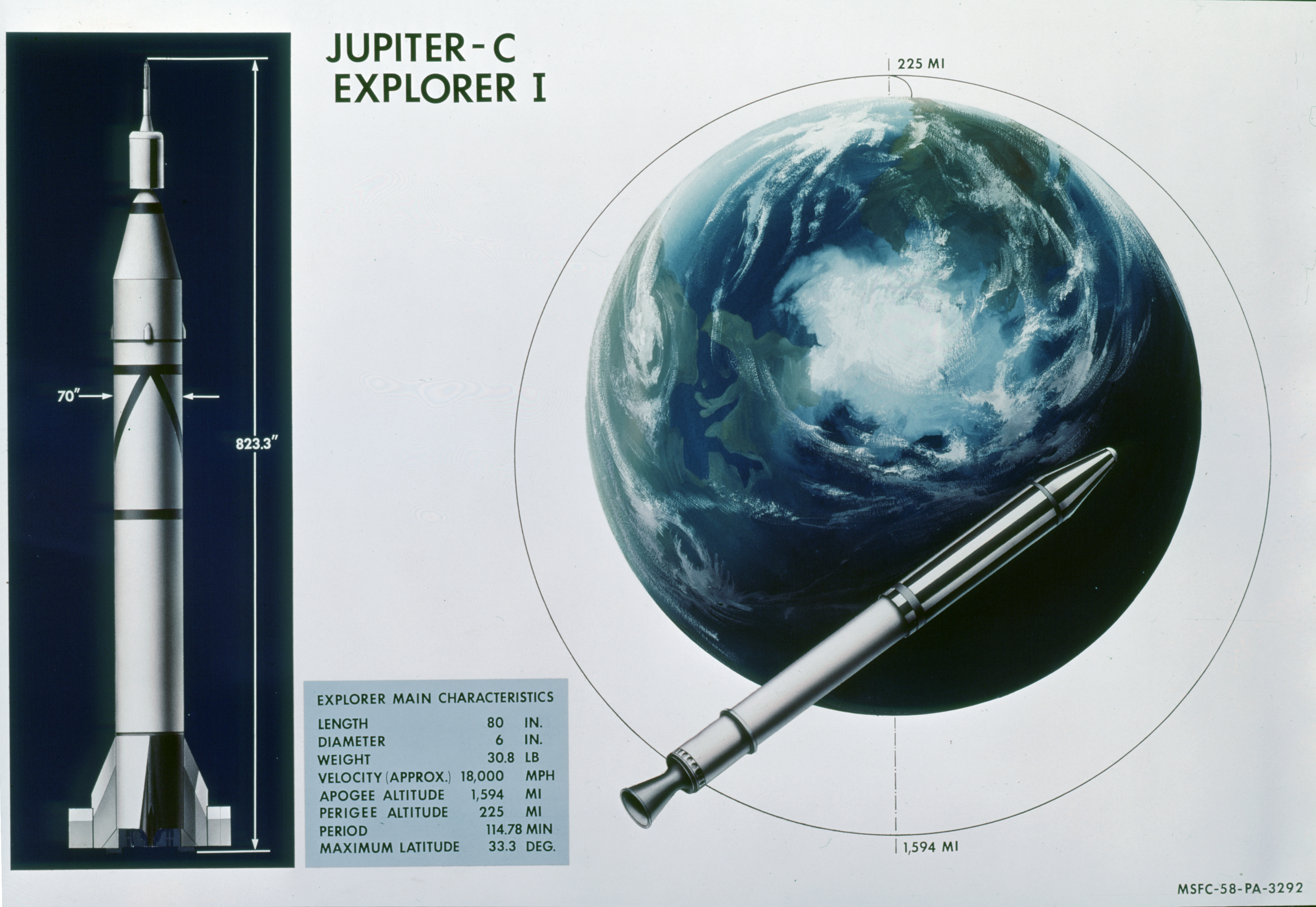



Explorer 1 Wikipedia



1957 58 The Year Of The Satellite Noaa National Environmental Satellite Data And Information Service Nesdis
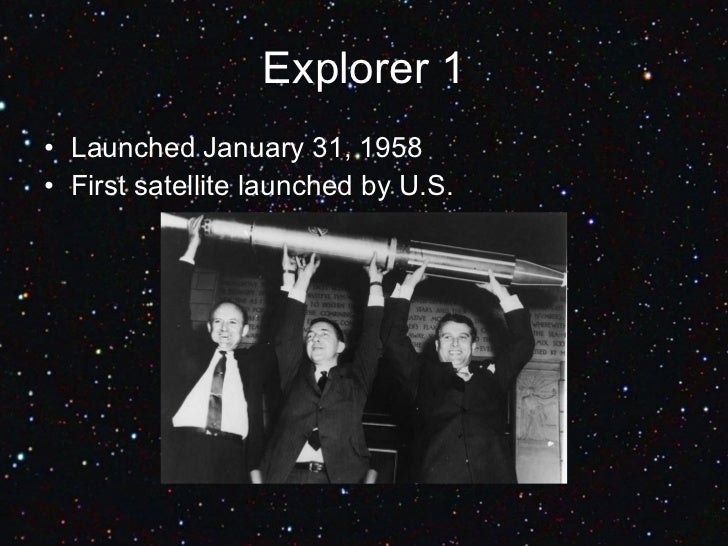



The Space Race
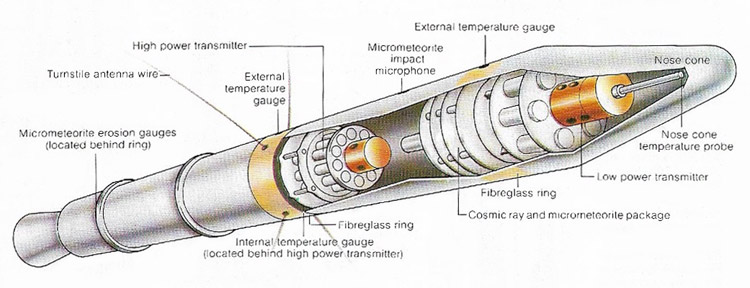



Explorer




Ppt 50 Years After Sputnik The Beginning Of The Space Age Powerpoint Presentation Id




They Ran The First Lap Of A Long Space Race Los Angeles Times




January 31 1958 America Launches Its First Satellite Into Orbit




Scale Model News Explorer 1 The First Successful United States Satellite Launched Into Space 60 Years Ago




Today In Science Explorer 1 Human World Earthsky



See The First Photo Ever Taken In Space Colorized Time




Explorer 1 Anniversary Marks The Start Of The American Space Age Astronomy Com




Explorer 1 Launched On January 31 Nasa Globe Observer Facebook




Explorer 1 Anniversary Marks The Start Of The American Space Age Astronomy Com
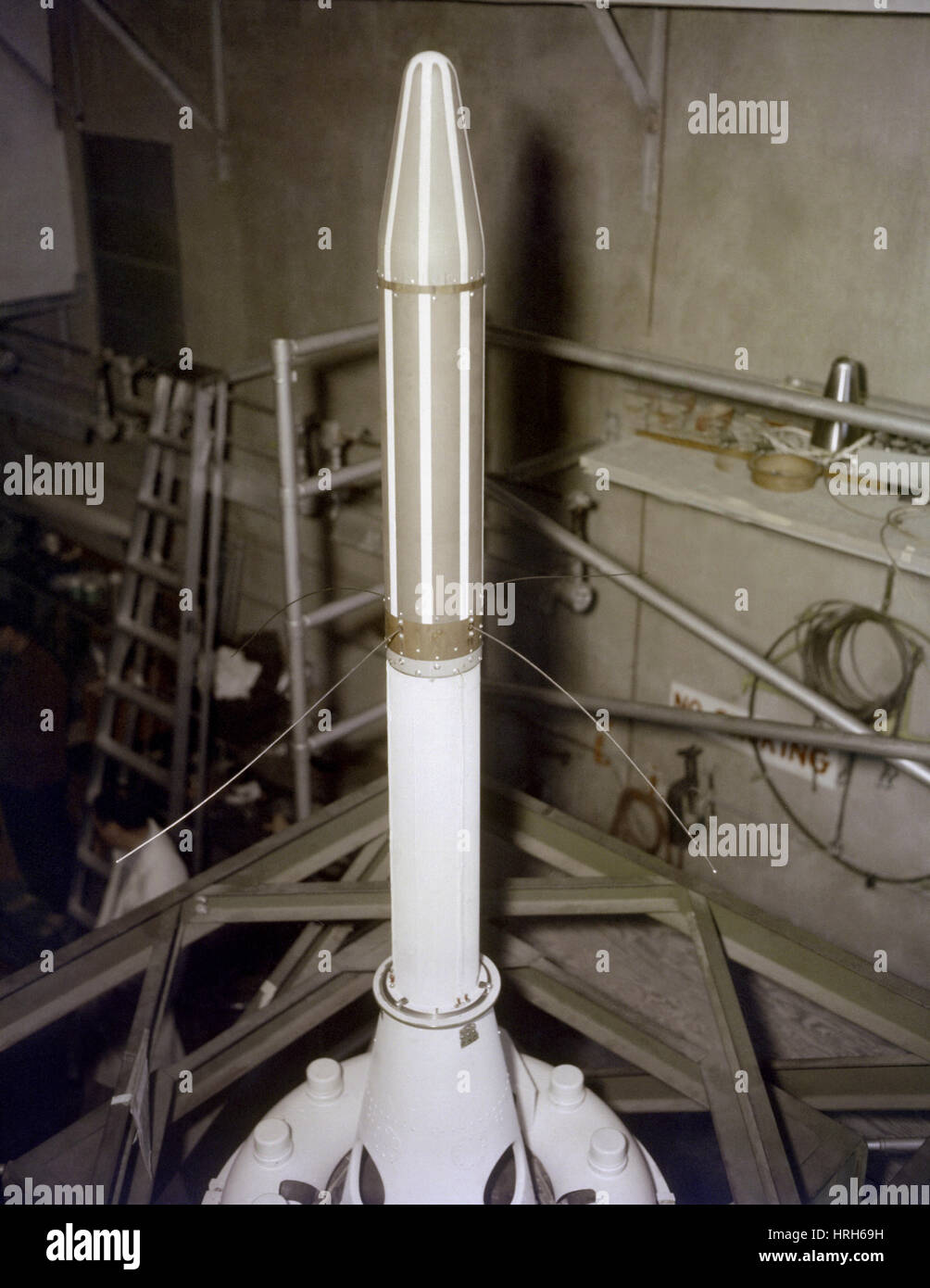



Explorer 1 Satellite 1958 Stock Photo Alamy




Our Spaceflight Heritage Explorer 1 And The Start Of The Space Age Spaceflight Insider
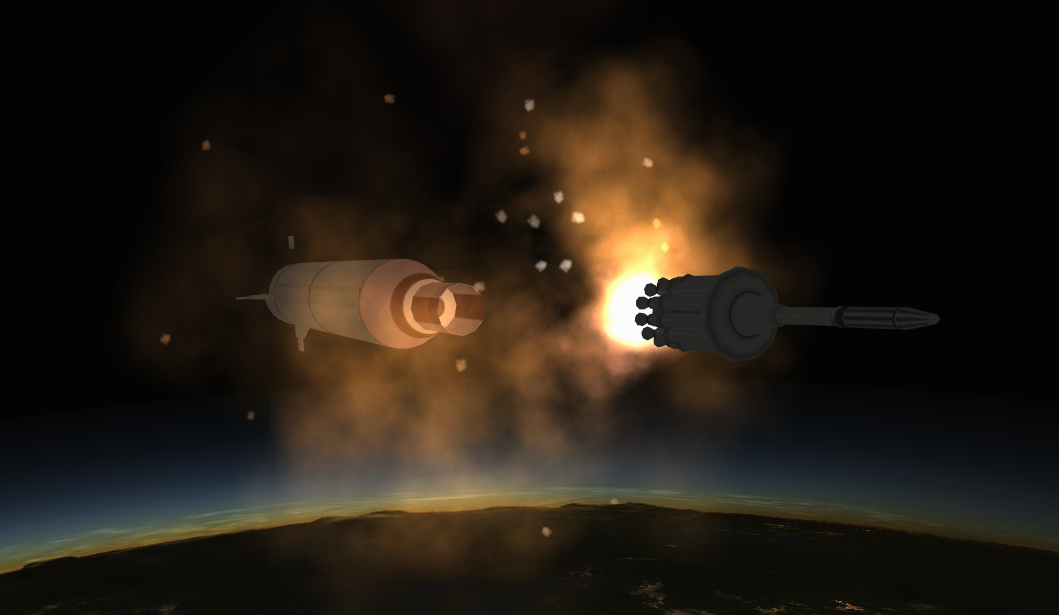



Explorer 1 The Beginning Of American Space Science The Vatican Observatory



1957 60 Space Pioneers Space Site S P S S
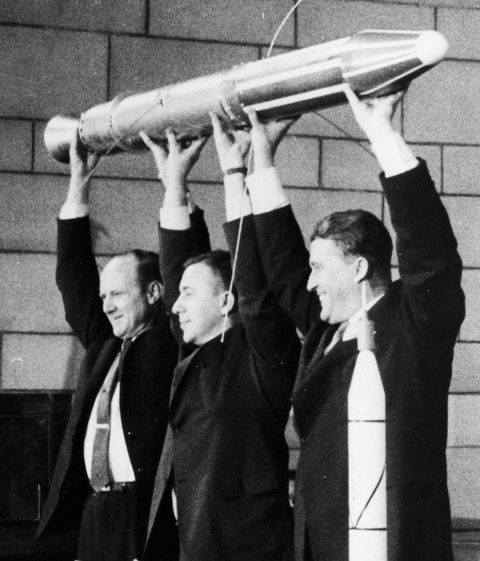



Happy Anniversary Explorer 1 1st Us Satellite Launched 60 Years Ago Today Space



They Ran The First Lap Of A Long Space Race Los Angeles Times




Space Exploration Timeline Info Ppt Download




Explorer 1 Launch Von Braun With Abma And Jpl Sputnik Flickr



10 Things To Know About Explorer 1 America S First Satellite Nasa Solar System Exploration




Nasa Explorer 1 1958 Satellite Spacecraft Space Stamp Sheet 08 Tanzania Ebay
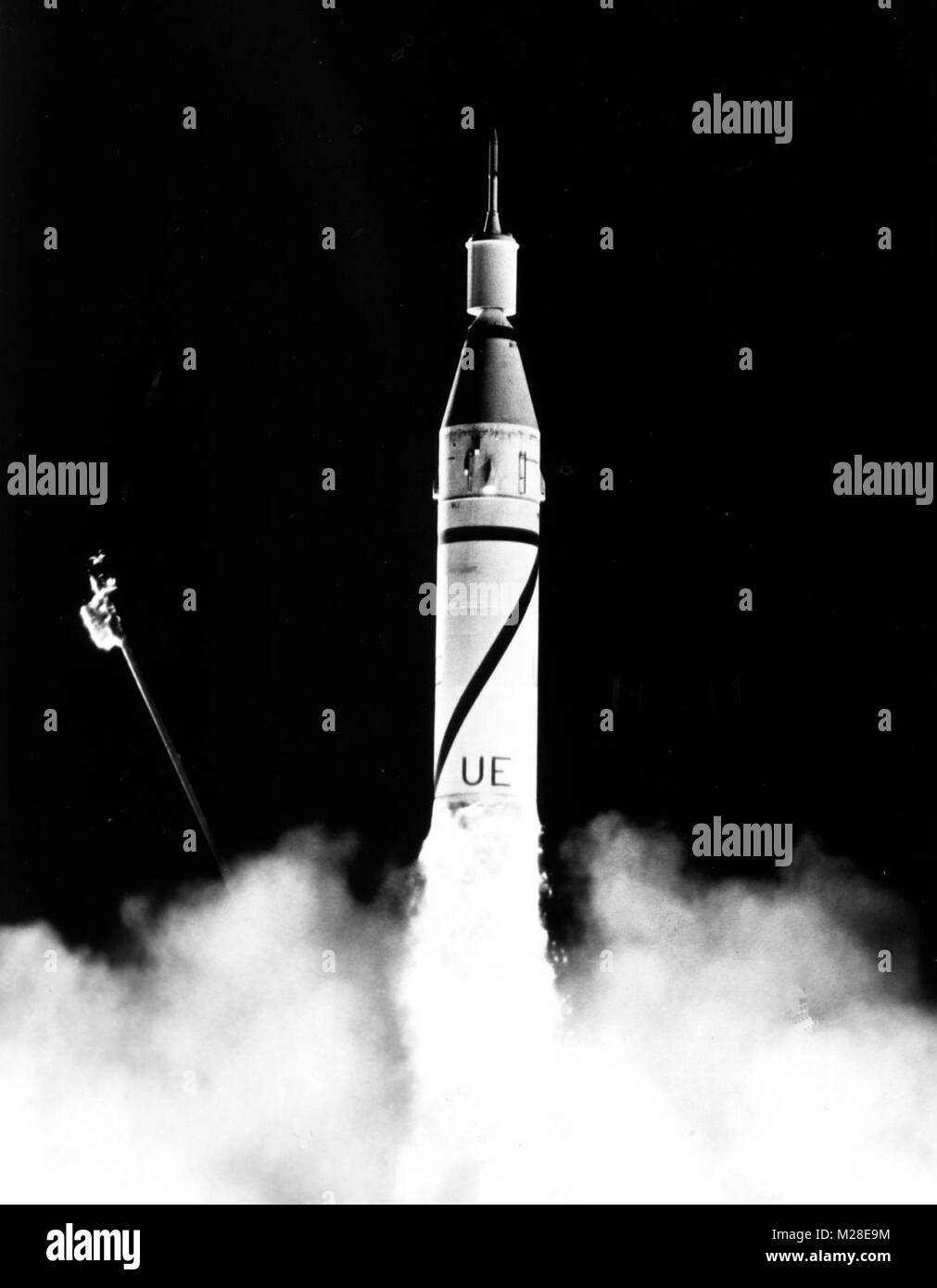



The United States First Satellite Explorer 1 Is Launched Into Orbit By A Jupiter C Rocket



Explorer 1 Launch Cover Pafb 31 1 1958 Rare Artifactcloud Florian Noller




The Missing History Of The Explorer 1 Satellite National Air And Space Museum




Spacex Rocket Flies On 60th Anniversary Of First U S Satellite Launch Spaceflight Now




Sputnik Launched History




06 Plano Isd Plano Tx Explorer 1 Launch Date Jan 31 1958 Arrival Date Jan 31 1958 End Of Mission Feb 28 1958 First U S Spacecraft It Was Ppt Download



They Ran The First Lap Of A Long Space Race Los Angeles Times
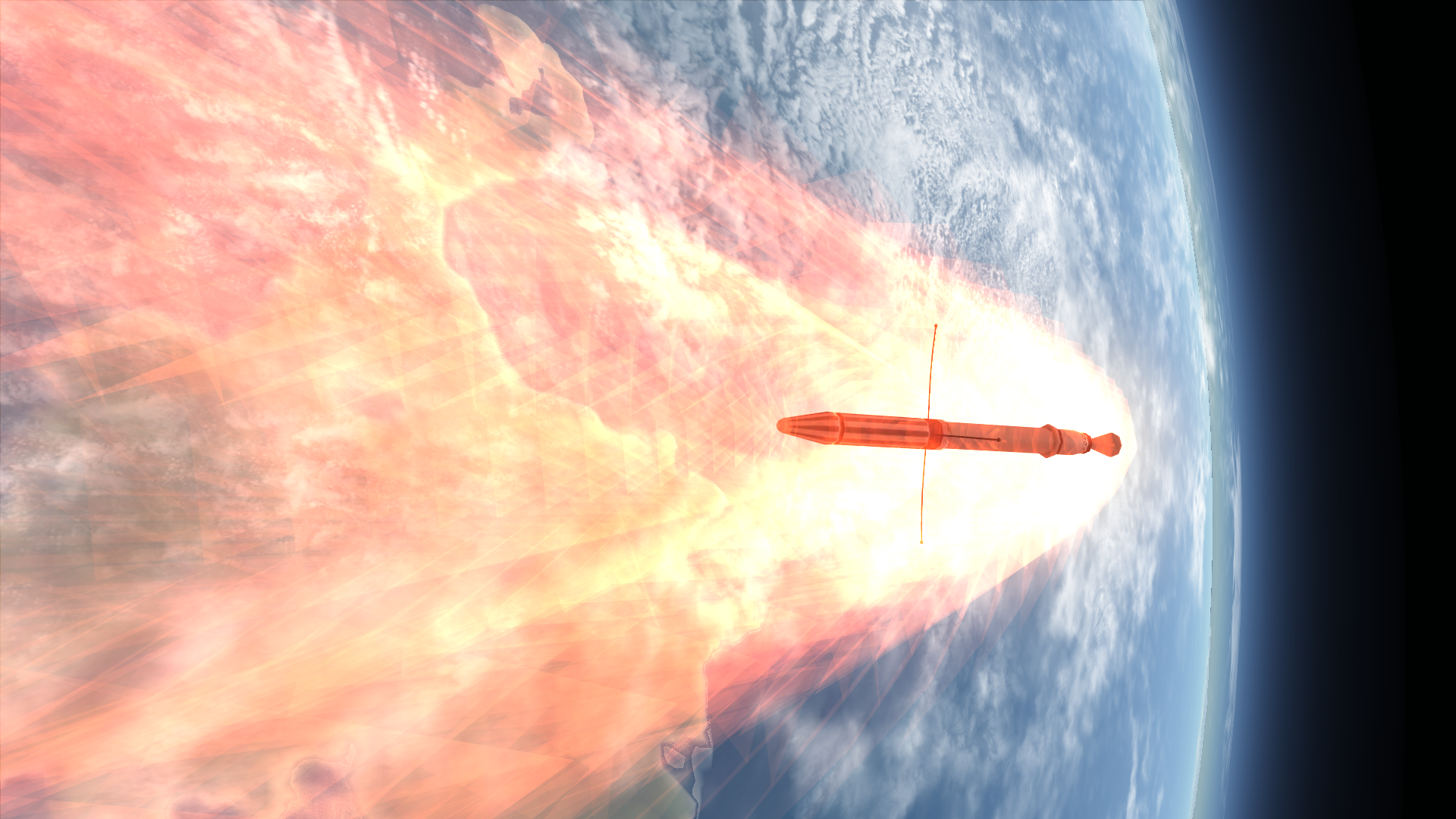



Explorer 1 The Beginning Of American Space Science The Vatican Observatory




On This Day In Telephone History January 31st 1958 The Telephone Museum Inc
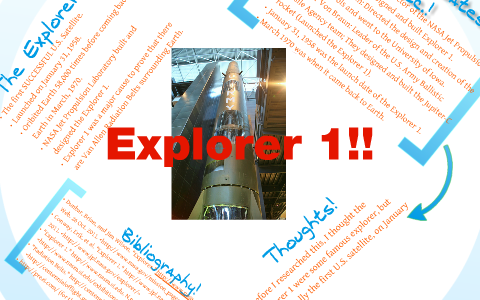



Explorer 1 Reading Project By Jana Hijji On Prezi Next




On January 31st 1958 The Us Enters Space Age With The Launch Of Explorer 1 It S First Earth Satellite Fu Learning Science History Of Science Space Science



Jupiter C Encyclopedia Of Alabama




Explorer 1 How America S First Satellite Helped Create Nasa Charlotte Observer




Explorer 1 How America S First Satellite Helped Create Nasa Youtube



Our Spaceflight Heritage Explorer 1 And The Birth Of The U S Space Program Spaceflight Insider
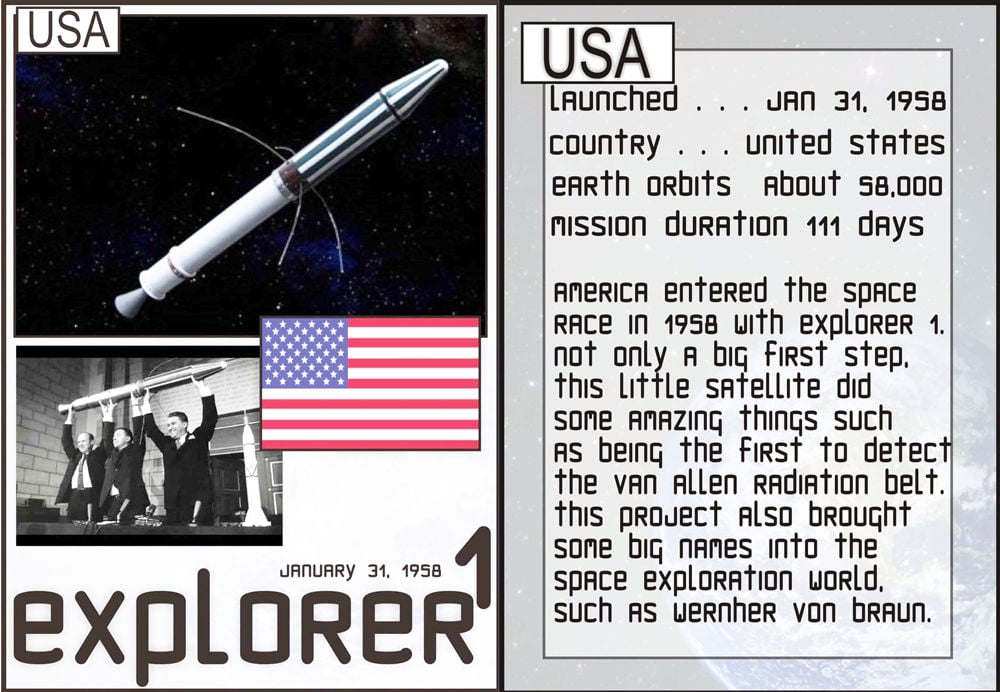



Explorer 1 Gave Us Its First Space Race Win Local Columnists Union Bulletin Com




D9lsokreg8dkm




Explorer 1 Satellite Illustration Stock Image C024 73 Science Photo Library



10 Things To Know About Explorer 1 America S First Satellite Nasa Solar System Exploration




Explorer 1 How The First American Satellite Worked Infographic Space




Signed Covers Usa 1958 Explorer 1




Nasa Eyes On January 31st Nasa Celebrated The 60th Anniversary Of The Launch Of Explorer1 Travel Back In Time To January 31st 1958 And See It In Real Time In Eyes




File Explorer I Launch Jan 31 1958 Jpg Wikimedia Commons




Astrobot Retrospace Explorer 1 Launched January 31st 1958




Launch Of Explorer I Mystic Stamp Discovery Center



Explorer 1 Anniversary Marks The Start Of The American Space Age Astronomy Com
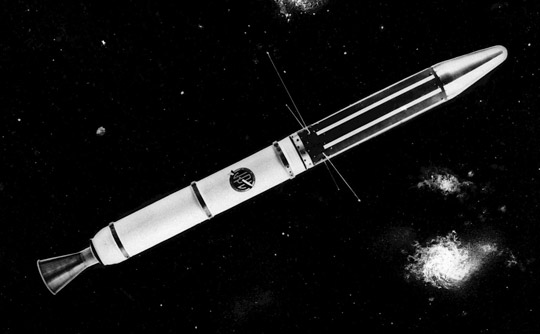



Explorer 1 50th Anniversary




Explorer 1 Fast Facts Nasa



0 件のコメント:
コメントを投稿